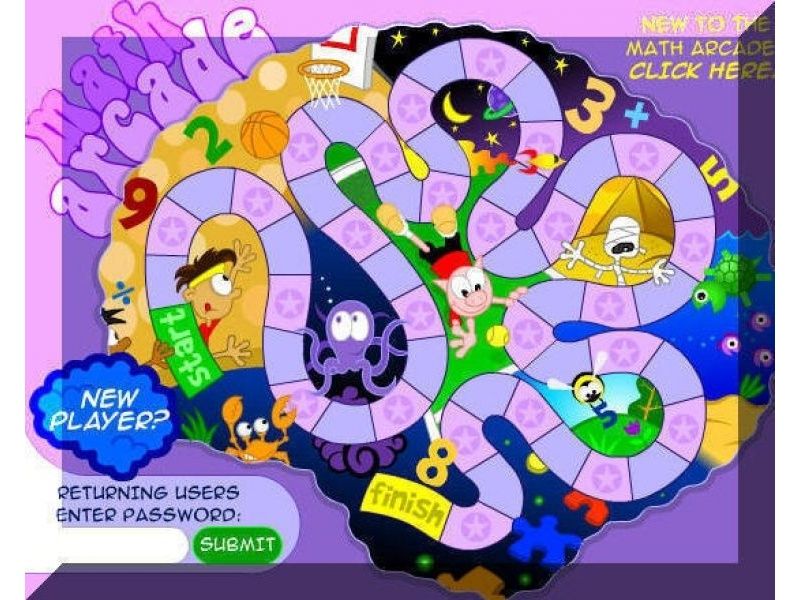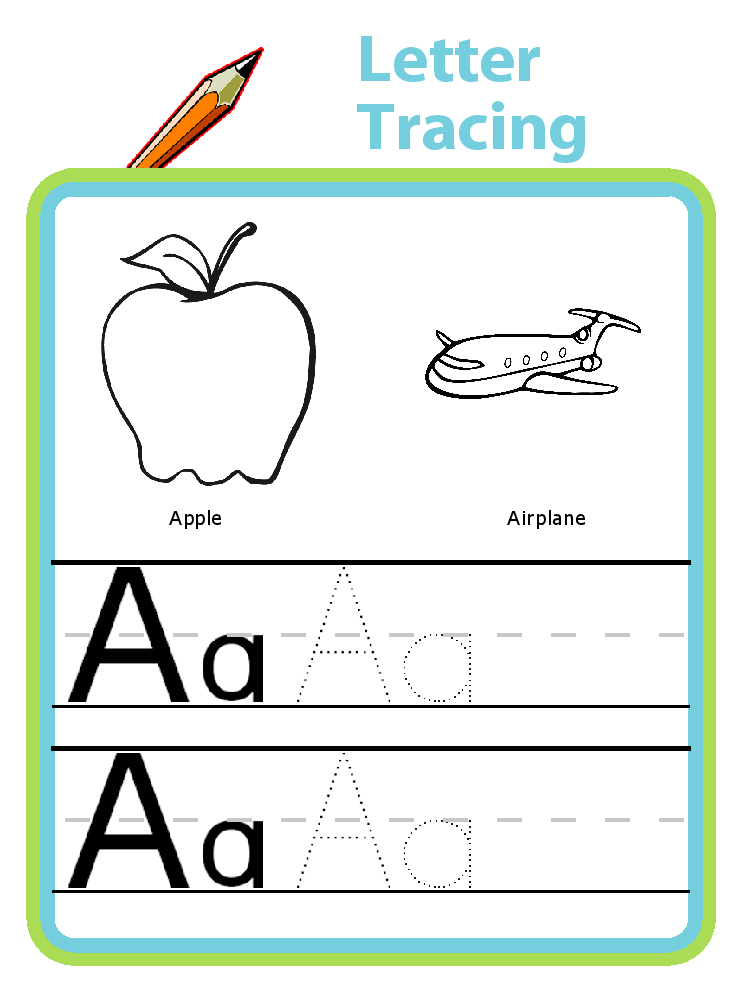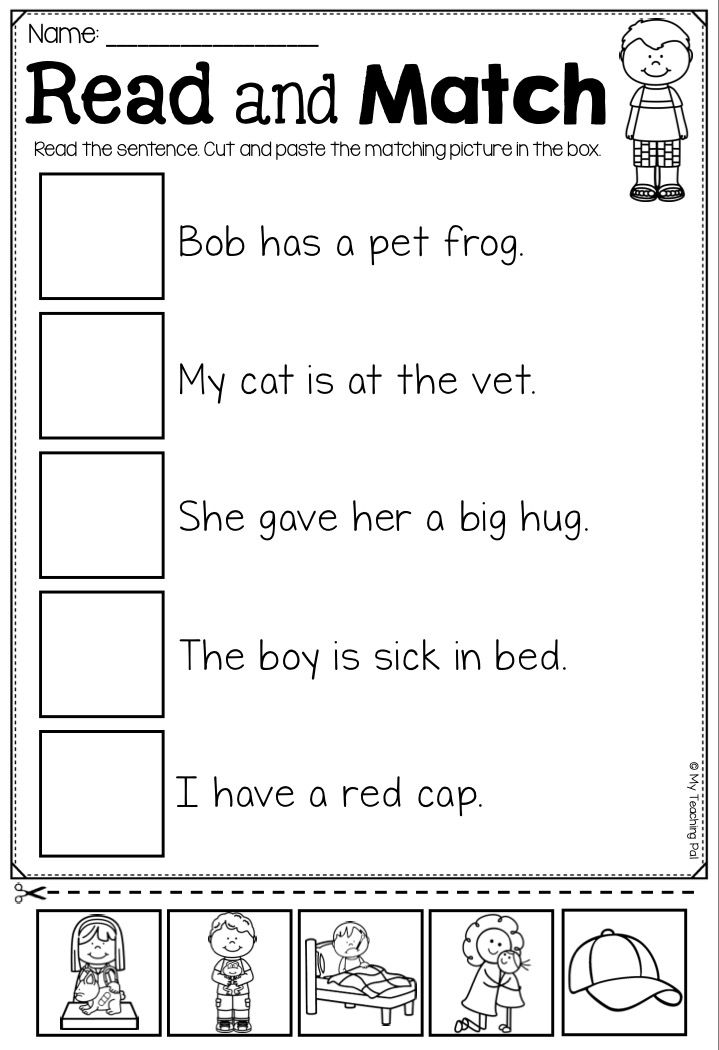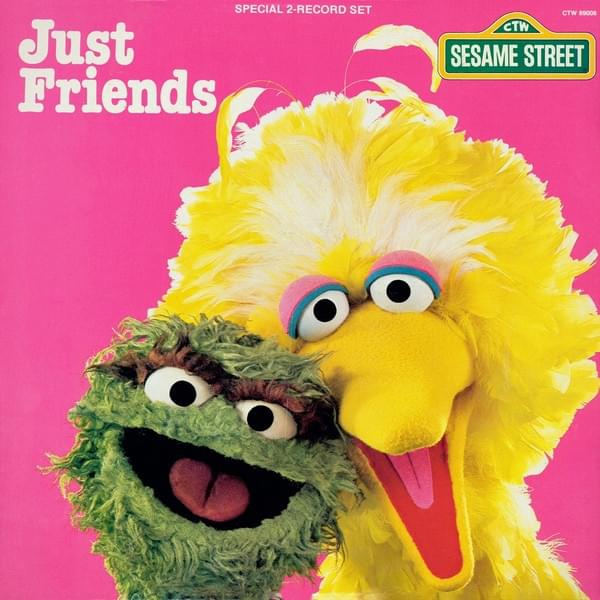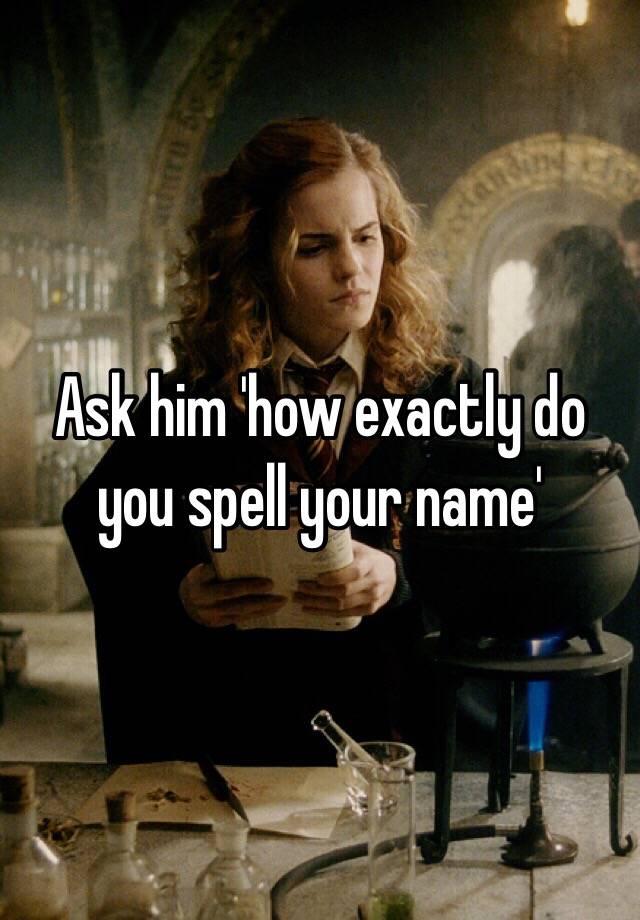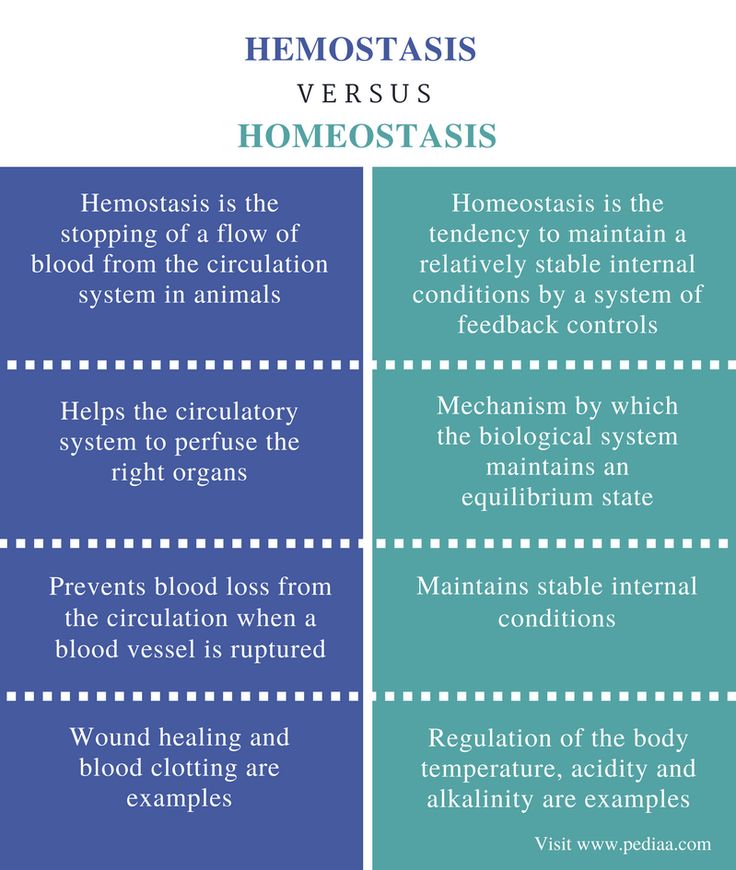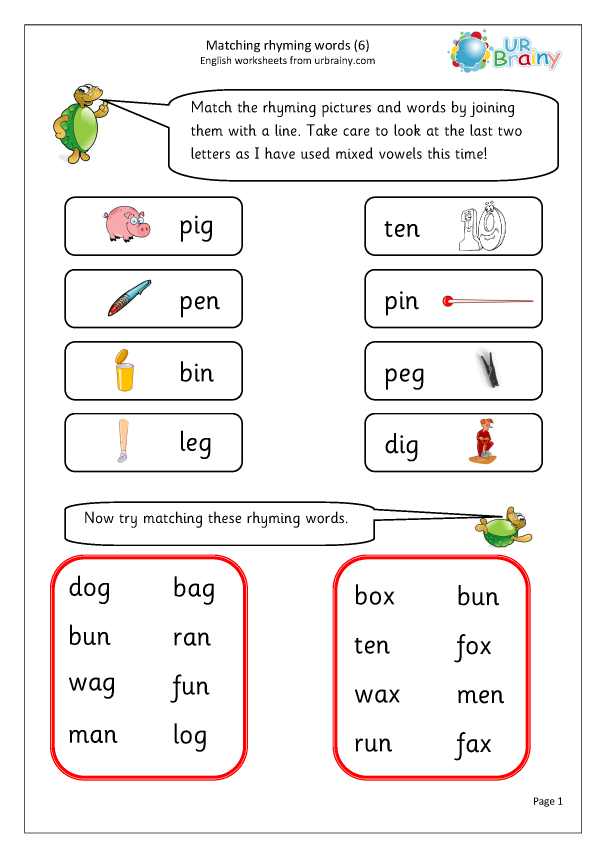Who let the letters out with sounds
Phonics Songs that Teach the Alphabet and Individual Letter Sounds
These Phonics lyrics are available from a variety of albums:
Learning the ABCs & Letter Sounds
A-B-C – Patty's Primary Songs
ABCzzz (featuring Saul Paul) – Nanny Nikki
The ABC Rap – The Gum Rappers
ABC Song – Kiboomu Music
The ABC Songs – Susan Salidor
Act Out the Alphabet – Jack Hartmann
The Alphabet Chant – Super Simple Songs
The Alphabet's in My Mouth – Dr. Jean
A is for Ant – Timmmy Abell
Alphabet Song – Marla Lewis
Alphabet Limbo – Stephen Fite
The Alphabet Song – Super Simple Songs
The Alphabet Song (ABC) -- Slow Version – Margie La Bella
Alphardy – Dr. Jean
Dog Alphabet Song – Grin Brigade
Frontwards, Backwards ABCs – Stephanie Burton
Forwards Backwards ABCs – Stephen Fite
Hands Up for Letter Sounds – Jack Hartmann
I Know My Alphabets – Ahjay Stelino
I Like Letters – Music, Movement & Magination
Is This a Number or a Letter? – Jack Hartmann
I've Been Working On My Letters – Cherry Carl
Let's Alphabecise – Stephen Fite
Lettercise – Dr. Jean
The Letter Dance – Dr. Jean
Letter Line Up – Jack Hartmann
Letter Pops – Dr. Jean
Letter Sounds – Stephen Fite
Letter Tales – Dr. Jean
Magic Letters – Debbie Paulsen
Meet the Letters of the Alphabet – Jack Hartmann
Marching Around the Alphabet – Hap Palmer
Phon-ercise – Dr. Jean
Rappin' the ABC's – Music, Movement & Magination
S-Superhero – Margot Bevington
The Sounds of Our Letters – Music with Mar.
Supersonic Letter Sounds – Stephen Fite
Twinkle ABCs – Kathleen Rushing
Yahoo! We're Learning the Alphabet – Music, Movement & Magination
Who Knows the Alphabet Sounds – Music, Movement & Magination
Who Let the Letters Out – Dr. Jean
Alliteration Lyrics for a Variety of Alphabet Letter Sounds
Alliteration – Danny Weinkauf
Amen and Achoo – Kelly Good
Bitty Bi Bo Bu – Dr. Jean
Dinosaurs to Dinner – Fran Avni
Chimmy Cha-Cha – Liz Buchanan
Echo the Letter Sounds – Jack Hartmann
Favorite Letter – Patty Shukla
Letter Sounds A to Z – Jack Hartmann
Mr.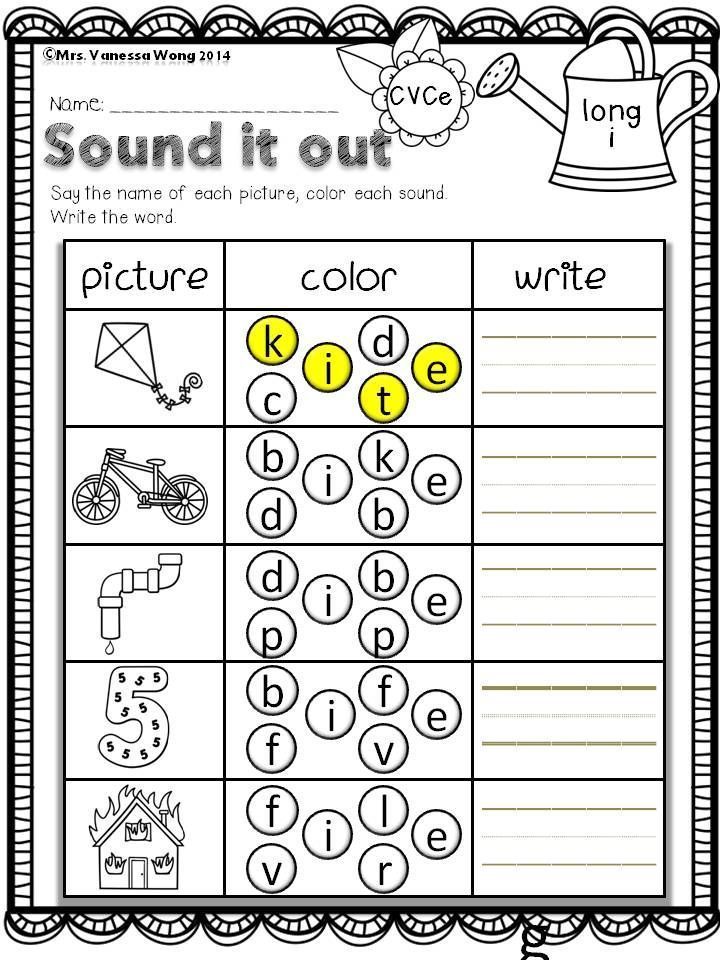 Muphy's Most Amazing Super Savings Store – Vincent Nunes
Muphy's Most Amazing Super Savings Store – Vincent Nunes
Musical Movement Alphabet – Music with Mar.
My Name Starts With a Letter – Nancy Schimmel and Fran Avni
Pineapple – Fran Avni
Sounds of the Alphabet – Marilyn M. Linford
We're Going to the Farm – Music, Movement & Magination
Words! – Ron Brown
Teaching the Shapes and Heights of Letters
Cheering Letters – Dr. Jean
Drawing in the Air – Music with Mar.
I Like Letters – Music, Movement & Magination
Letter Aerobics – Dr. Jean
Move to the Alphabet – Jack Hartmann
Shapes Make Letters (Part 1) – Music with Mar.
Vowels
See our Songs that Teach Long and Short Vowel Sounds
Digraphs, Blends, and Diphthongs
See our Songs that Teach Letter Blends, Digraphs, and Diphthongs
Consonants
B - (Basic Music Beat) – Music with Mar.
Bb – Greg Whitfield
Bananas – Patty Shukla
Big Bagels – Kelly Good
Bite for B – Intelli-Tunes
Bring Back the Bat – Nancy Schimmel and Fran Avni
C - (Celtic) – Music with Mar.
Cc – Greg Whitfield
Crawl for C – Intelli-Tunes
D - (Disco) – Music with Mar.
Dd – Greg Whitfield
Dance for D – Intelli-Tunes
F - (Folk) – Music with Mar.
Ff – Greg Whitfield
Flip for F – Intelli-Tunes
The Frosty Fable (the f sound) – Dan Crow
G - (Gospel) – Music with Mar.
Gg – Greg Whitfield
Gentle Giraffe – Marla Lewis
Get Your Own Goat – Fran Avni
Grin for G – Intelli-Tunes
H - (Hawaiian) – Music with Mar.
Hh – Greg Whitfield
Hop for H – Intelli-Tunes
J - (Jazz) – Music with Mar.
Jack the Giant (soft G and J sound) – Dan Crow
Jj – Greg Whitfield
Jump for J – Intelli-Tunes
Jump for Jesus – Kelly Good
K - (Klezmer) – Music with Mar.
The "K" Club – Greg Whitfield
Kid in Kalamazoo – Kelly Good
Kiss for K – Intelli-Tunes
Kiss the Cow (hard C and K sound) – Dan Crow
I Love My Pillow (the l sound) – Dan Crow
L - (Lullaby) – Music with Mar.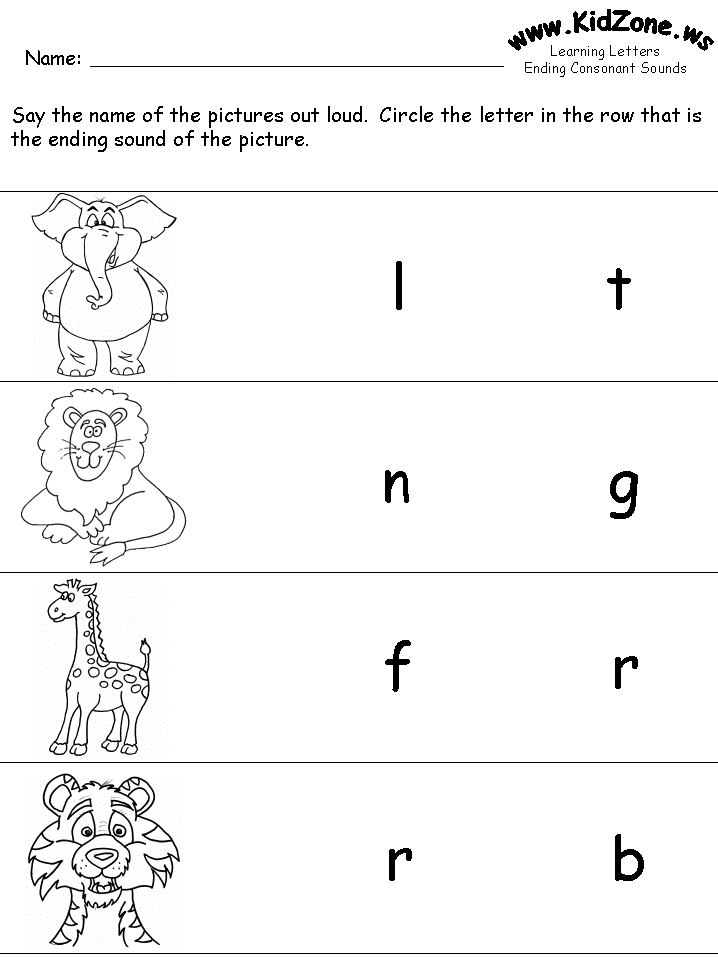
Ll – Greg Whitfield
Lick for L – Intelli-Tunes
Licking Lollipops – Songs for Speech and Language Skills
Lola the Lonely Llama – Kelly Good
I Love Foods that Start with "M" – Marla Lewis
M - (Merengue) – Music with Mar.
Mm – Greg Whitfield
March for M – Intelli-Tunes
Monkey Say, Monkey Do – Jack Hartmann
Muffin Mix – Fran Avni
No More Gum (the m sound) – Dan Crow
N - (New Age) – Music with Mar.
Nn – Greg Whitfield
Nine Naughty Newts – Kelly Good
Wiggle Your Nose for N – Intelli-Tunes
OOPS! (the p sound) – Dan Crow
P - (Polka) – Music with Mar.
Pp – Greg Whitfield
Percy the Pirate – Kelly Good
Point for P – Intelli-Tunes
Q - (Quanho) – Music with Mar.
Qq – Greg Whitfield
Quitet Q for Q – Intelli-Tunes
R - (Reggaton) – Music with Mar.
Rain Rain Rain (the r sound) – Dan Crow
Rr – Greg Whitfield
Rock and Roll – Kelly Good
Rock and Roll Star – Fun Phonics Songs
Run for R – Intelli-Tunes
The Ballad of Rueben Rooster (the r sound) – Dan Crow
Vroom Goes the Red Race Car – Patty Shukla
S - (Soul) – Music with Mar.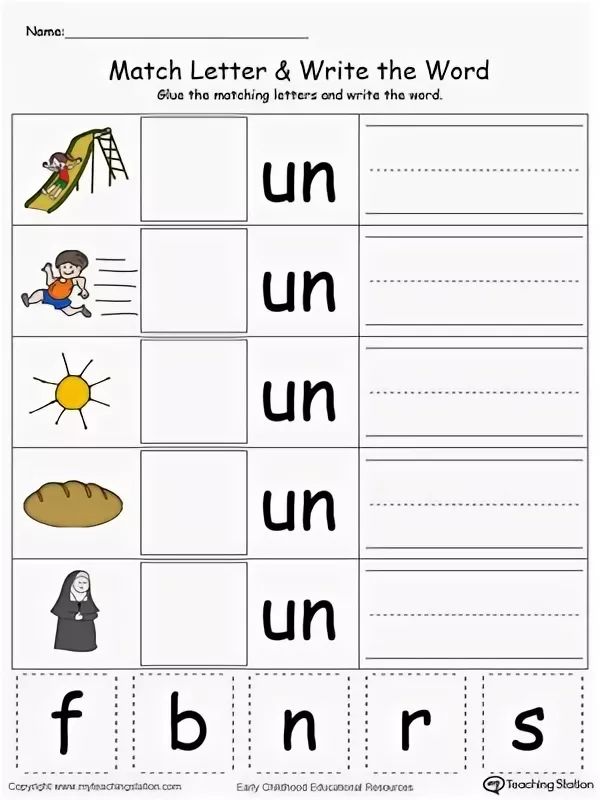
Seven Silly Squirrels – Fran Avni
Ss – Greg Whitfield
Sleep for S – Intelli-Tunes
Soup! Soup! Soup! (the s sound) – Dan Crow
T - (Tango) – Music with Mar.
Time To Take Time (the t sound) – Dan Crow
Tiptoe for T – Intelli-Tunes
Tt – Greg Whitfield
Timmy – Kelly Good
Make a V for V – Intelli-Tunes
V - (Vaudville) – Music with Mar.
Vv – Greg Whitfield
One Wet Windy Wednesday – Fran Avni
W - (Western Swing) – Music with Mar.
Walk for W – Intelli-Tunes
Ww – Greg Whitfield
Make the Sound for X – Intelli-Tunes
X - (Xhosa) – Music with Mar.
Xx – Greg Whitfield
eXiting – Kelly Good
Y - (Yass) – Music with Mar.
Yay for Y – Intelli-Tunes
Yy – Greg Whitfield
Yoshi the Yellow Yak – Kelly Good
Z - (Zydeco) – Music with Mar.
Zz – Greg Whitfield
Zip Your Lip for Z – Intelli-Tunes
See also:
Using Alliterative Songs to Teach Letter Sounds -- Nancy Schimmel and Fran Avni
See more of our Language Arts & Reading Skills Song Lyrics
7 Strategies for Teaching Letter Sounds
Every PreK and Kindergarten teacher knows that letters and sounds are the basis for reading.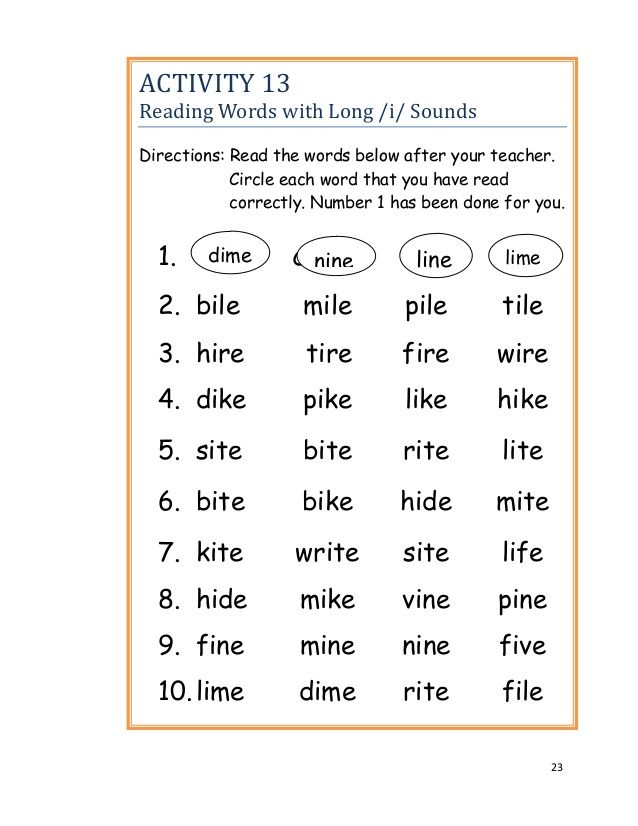 Students must know the sound-symbol relationship in order to start sounding out words. It’s a great place to start! Even if you have a sight word reader letters and sounds will help them when presented with a word they don’t know and in spelling and in turn writing. The first step in explicit direct phonics instruction is teaching letters and sounds. This however can become monotonous for reluctant readers and students who just aren’t quite developmentally ready. So I am here with 7 tried and true strategies for teaching letter sounds so students can practice and master skills. These 7 strategies are fun and engaging and include outside of the box ideas for engaging other types of learners.
Students must know the sound-symbol relationship in order to start sounding out words. It’s a great place to start! Even if you have a sight word reader letters and sounds will help them when presented with a word they don’t know and in spelling and in turn writing. The first step in explicit direct phonics instruction is teaching letters and sounds. This however can become monotonous for reluctant readers and students who just aren’t quite developmentally ready. So I am here with 7 tried and true strategies for teaching letter sounds so students can practice and master skills. These 7 strategies are fun and engaging and include outside of the box ideas for engaging other types of learners.
Focus on Lowercase Letters
1) My first suggestion is to focus on lowercase letters. Since these are what 99.9% of the text is made up of these are going to give you more bang for your buck so to speak.
A good strategy for this is to pair lowercase with capital letters to help students make the association and reinforce the lowercase while still emphasizing the lowercase. These letter activities are available in my TPT store! You can use them with bingo daubers, stickers or mini erasers (cause if you’re like me you have so many of those lying around!) Click the picture below to check it out!
These letter activities are available in my TPT store! You can use them with bingo daubers, stickers or mini erasers (cause if you’re like me you have so many of those lying around!) Click the picture below to check it out!
Hands on Practice
2) Make it hands-on! Young children love to build with blocks and other items in primary classrooms! Use that love of building to have them build the letters (lowercase of course) this engages their tactile and hands-on learning styles! Click the picture below to go to the bundle with all of these in my TPT store.
Music and Movement
3) Use music and movement! Jack Hartman and Dr. Jean have songs to help students learn their letters. When I taught Kindergarten (back in the dark ages) we sang an alphabet song every single day for the first quarter! Sometimes the first semester depending on my students to practice and reinforce the letters and sounds! And now there are all kinds of videos to go with these songs! Just search youtube! The visual reinforcement is great! I just love technology sometimes! My favorite Dr.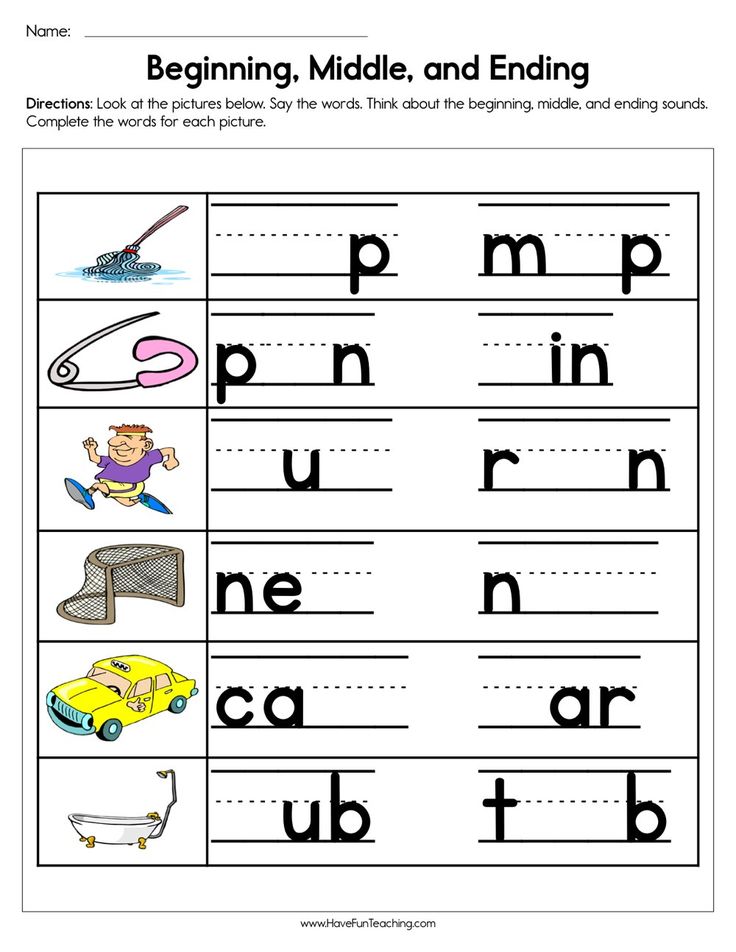 Jean song “Who Let the Letters Out” is linked. I love this one! The creator made it so the sound of the letters has to be provided by the audience.
Jean song “Who Let the Letters Out” is linked. I love this one! The creator made it so the sound of the letters has to be provided by the audience.
This is also a cute visual option with the sounds
Trace and work on Path of Movement
4. Have Your Students Trace the letters. This supports writing and reading while working on fine motor skills! These tracing mats are a great example with numbered steps and beginning sound reinforcing pictures. It also includes capital and lowercase. There are these colored version pictures but also ink and money-saving black and white that you can print on Astrobrights Cardstock! you can put these in a reusable sleeve or laminate for repeated use!
Click the picture to check them out!
Make it Meaningful
5) Make it meaningful. Letter books with several words that start with the letter that is being focused on are great for connecting the letters to words and showing examples of the different words that start with the letter giving students several options to remember and connect with.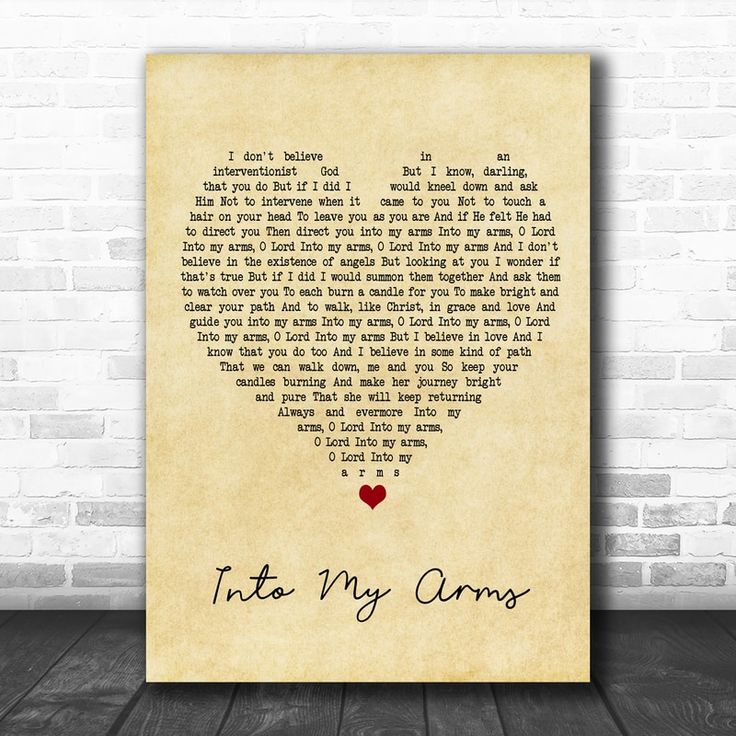 As an added bonus ABC books can be added to student book boxes as a book students feel confident in reading at Independent reading time. This can also be sent home to reinforce letters and sounds and reading at home! If you are in need of alphabet books you can click on the picture to grab these from my TPT store!
As an added bonus ABC books can be added to student book boxes as a book students feel confident in reading at Independent reading time. This can also be sent home to reinforce letters and sounds and reading at home! If you are in need of alphabet books you can click on the picture to grab these from my TPT store!
https://www.teacherspayteachers.com/Product/Alphabet-Books-Printables-4403988
Make it Game

Move from Different to Similar
7) Move from less alike to more similar letters. As you can see in the “frogger” letter activities below I started with letters that were not similar and progressed to ones that were very similar!
Add Technology
7) Add a robot! My students absolutely adore the Code and Go Mouse (affiliate link) from ETA hand to mind! And with the letters and sounds mat pieces I have created, you can bet they will be learning their letters and sounds in no time. Super fun and engaging!
I hope this post has given you some ideas to make teaching letter sounds more engaging! Let me know if you have any questions or suggestions in the comments!
What to do if a child confuses or misses letters in a letter?
Parents often worry that a child, even with good pronunciation, makes many ridiculous mistakes when mastering written speech.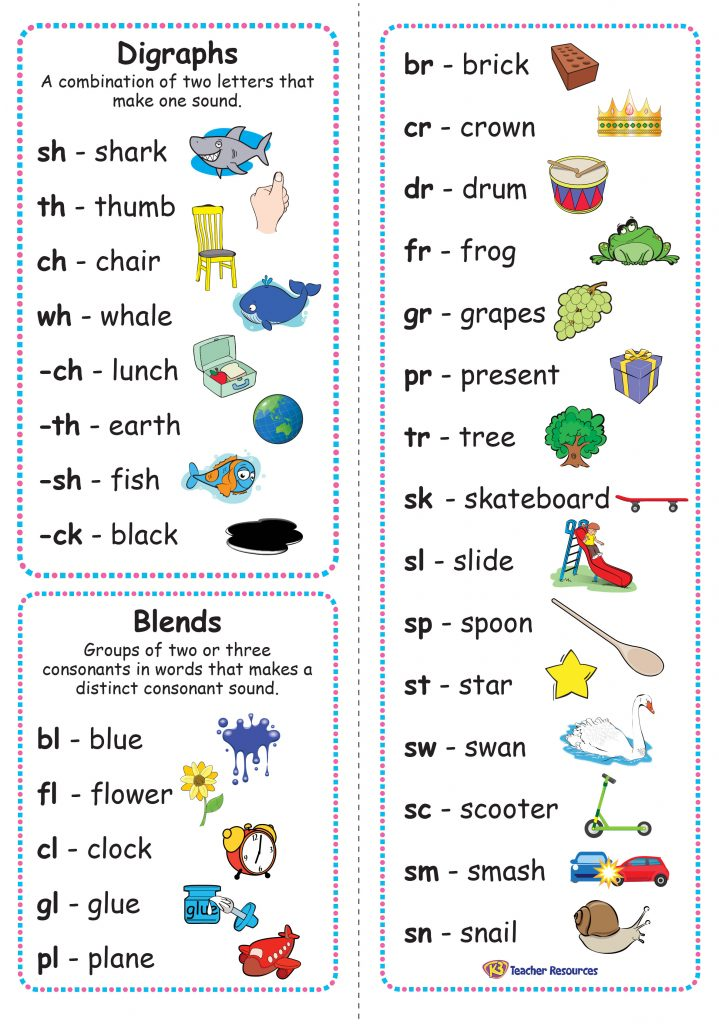 Confuses the letters " y " and " and ", " b " and " d ", " from " and " z ", soft consonants with hard ones, and generally releases the soft sign. Some teachers believe that the child made these stupid mistakes due to inattention, but in fact, their reason is speech therapy - the underdevelopment of the phonetic-phonemic and lexical-grammatical aspects of speech. Such persistent recurring mistakes in writing are called dysgraphia , which we will talk about in this article.
Confuses the letters " y " and " and ", " b " and " d ", " from " and " z ", soft consonants with hard ones, and generally releases the soft sign. Some teachers believe that the child made these stupid mistakes due to inattention, but in fact, their reason is speech therapy - the underdevelopment of the phonetic-phonemic and lexical-grammatical aspects of speech. Such persistent recurring mistakes in writing are called dysgraphia , which we will talk about in this article.
What is dysgraphia.
The mechanism of mastering written speech is a complex mental operation, in the process of which several analyzers are involved at once: speech-auditory, speech-motor, visual, motor, kinesthetic. First we hear sounds, then we speak to ourselves, then we translate the acoustic image into a symbol denoting a particular letter, and only then we move our hand across a sheet of paper in different directions to convey what we heard in writing. If a child makes the same mistakes in a notebook: omissions of letters, substitutions, permutations, adding new letters or syllables, this violation can hardly be called illiteracy. "Trva" instead of grass, "ets" instead of "eats", "in rut" instead of "in the year", "tyasy" instead of "hours", "gups" instead of "lips" or mistakes in grammatical construction: no green dress, five glass windows etc. If these errors are persistent, then we are talking about a violation of the visual, auditory or other analyzers. In this regard, dysgraphia is divided into several types:
If a child makes the same mistakes in a notebook: omissions of letters, substitutions, permutations, adding new letters or syllables, this violation can hardly be called illiteracy. "Trva" instead of grass, "ets" instead of "eats", "in rut" instead of "in the year", "tyasy" instead of "hours", "gups" instead of "lips" or mistakes in grammatical construction: no green dress, five glass windows etc. If these errors are persistent, then we are talking about a violation of the visual, auditory or other analyzers. In this regard, dysgraphia is divided into several types:
- Acoustic.
- Articulatory-acoustic.
- Dysgraphia on the basis of unformed language analysis and synthesis.
- Optical dysgraphia.
- Agrammatical dysgraphia.
Acoustic dysgraphia.
This is exactly the case when a child confuses sounds precisely because he cannot hear them. On the basis of impaired recognition, auditory differentiation of acoustically similar sounds is difficult: , Z-Zh, Ch-Ts, Ch-Sch and others.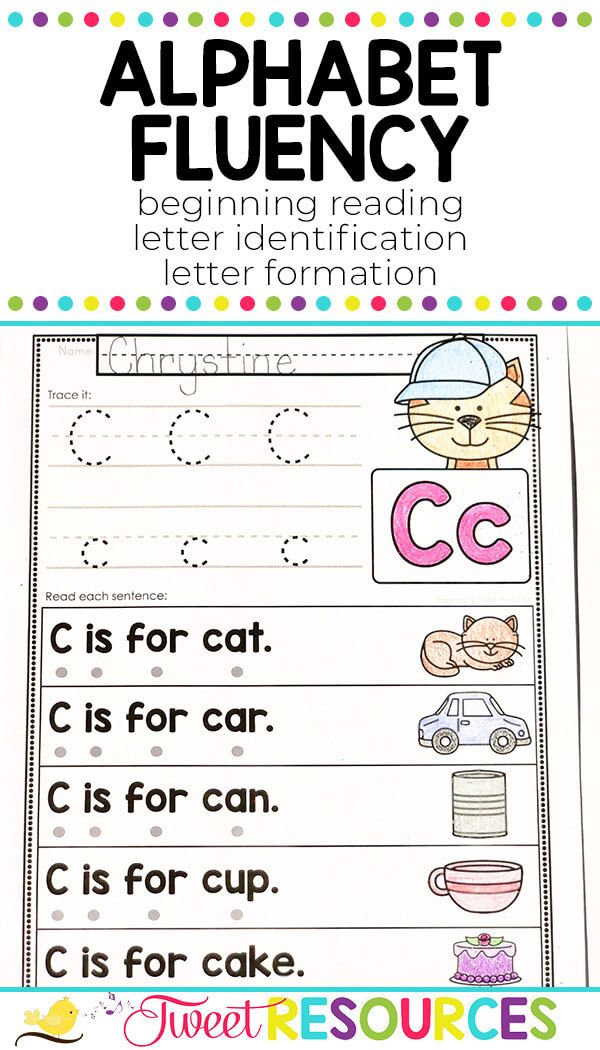 Such violations lead to the replacement of sounds, first in oral speech, and then in letters - in writing. The child writes in the same way as he pronounces: “ kalman " instead of " pocket ", " patka " instead of " heel ", "from " instead of " said ", " rosary " 0 03 0 03 04 and 90 more. P. In my practice, there was a boy who spoke through his nose, so many of the mouth sounds were nasal, he wrote " to benu " instead of " to trouble " because that's how he heard these sounds.
Such violations lead to the replacement of sounds, first in oral speech, and then in letters - in writing. The child writes in the same way as he pronounces: “ kalman " instead of " pocket ", " patka " instead of " heel ", "from " instead of " said ", " rosary " 0 03 0 03 04 and 90 more. P. In my practice, there was a boy who spoke through his nose, so many of the mouth sounds were nasal, he wrote " to benu " instead of " to trouble " because that's how he heard these sounds.
Correction of acoustic dysgraphia is carried out based on intact analyzers: visual and kinesthetic. Before writing a letter, the child pronounces the corresponding sound aloud, checking kinesthetic sensations, that is, the position of the tongue, lips, teeth, the participation of voice and noise in the reproduction of a particular phoneme. Since all speech sounds differ from each other in place, in the way of formation, in the presence or absence of voice and noise, it will not be difficult to distinguish one articulatory posture from another. Later, by translating the phoneme into a grapheme, we fix the resulting kinesthetic image visually.
Later, by translating the phoneme into a grapheme, we fix the resulting kinesthetic image visually.
Articulatory-acoustic dysgraphia.
The essence of this violation is the lack of correct pronunciation of certain sounds. It manifests itself in substitutions and omissions of letters corresponding to a defect in oral speech. " Sapka " instead of " hat ", " hats " instead of " boots ", " sap " instead of " heron", etc. Articulatory-acoustic dysgraphia is based not only on difficulties in auditory differentiation of sounds, but also on incorrect retention of the articulatory posture when pronouncing a sound. For example, a child does not hear the sounds " with "and" w ", but he needs to lean on something when mastering their articulation, and he keeps his tongue, lips, teeth in the same position when pronouncing both whistling and hissing sound.
Corrective work consists in timely assistance in the development of auditory differentiation of phonemes.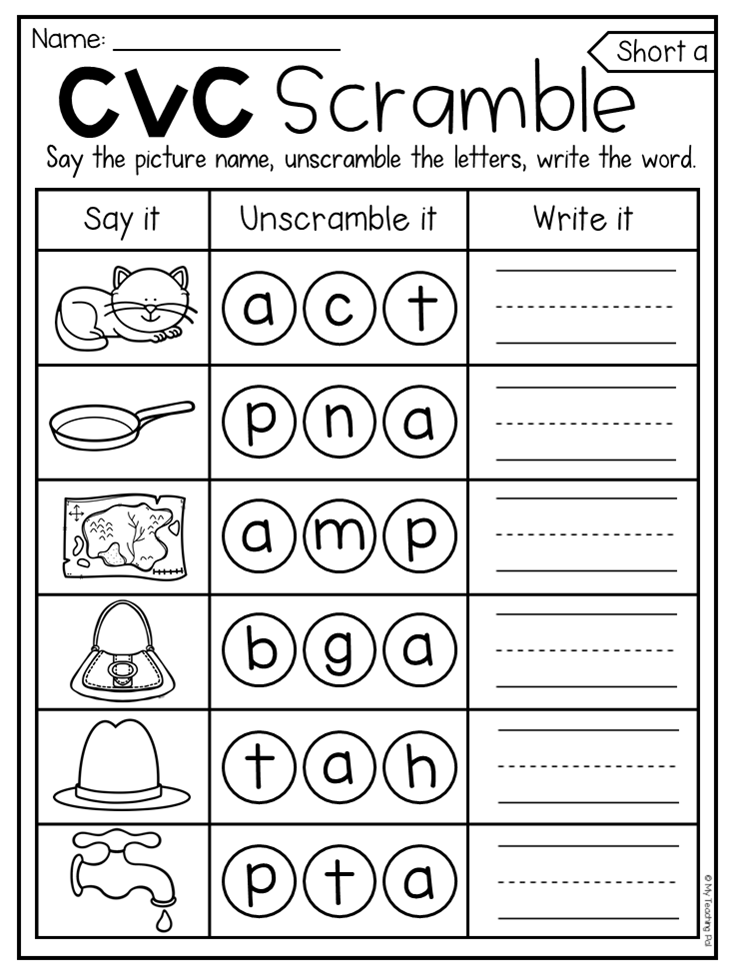 It is necessary to stage and automate the missing sound. The main task is to teach the child to maintain the correct articulatory position for each defective sound. Thus, initially work is carried out with oral speech, later with written speech.
It is necessary to stage and automate the missing sound. The main task is to teach the child to maintain the correct articulatory position for each defective sound. Thus, initially work is carried out with oral speech, later with written speech.
Dysgraphia on the basis of unformed language analysis and synthesis.
Violation of language analysis and synthesis can be observed in OHP (general underdevelopment of speech) as an unformed mental action that is not combined with acoustic dysgraphia. This type of violation includes:
- Analysis of the sentence into words;
- Syllabic analysis;
- Phonetic analysis.
The child does not know how to divide sentences into separate words, writes two or three words together, prepositions with nouns (“ pasmatrelnanivo "), gets stuck on one sound (" MagaziM "), anticipates one sound within a word ( on girls "), within a sentence ("beetle streams "), mixes sounds (" leptbau "- sculpt a woman), etc.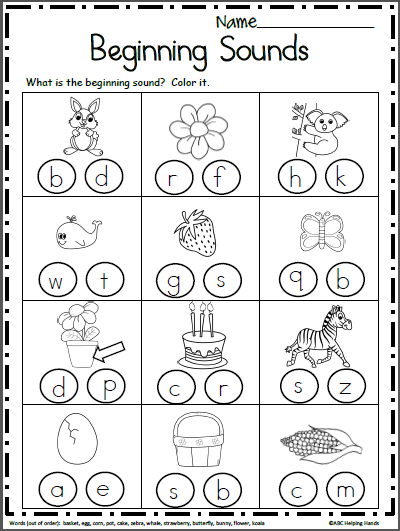 This type of dysgraphia is characterized by complete unpredictability of errors.
This type of dysgraphia is characterized by complete unpredictability of errors.
To correct dysgraphia on the basis of unformed linguistic analysis and synthesis, it is necessary to teach the child to isolate a sentence from a speech, a word from a sentence, divide a word into syllables, clearly delineating the boundaries of a syllable, and, finally, isolate a phoneme in a syllable. For this, special exercises are used, as well as slapping words when dividing them into syllables, finding the location of the sound in the word. The sequence of connecting letters in a word is fixed. Work is being carried out in the direction of leveling the falling link.
Optical dysgraphia.
This type of dysgraphia does not depend on the state of oral speech and manifests itself even in those children who speak fluently. The violation is based on the insufficient formation of optical-spatial representations. The child confuses the spelling of the elements of letters.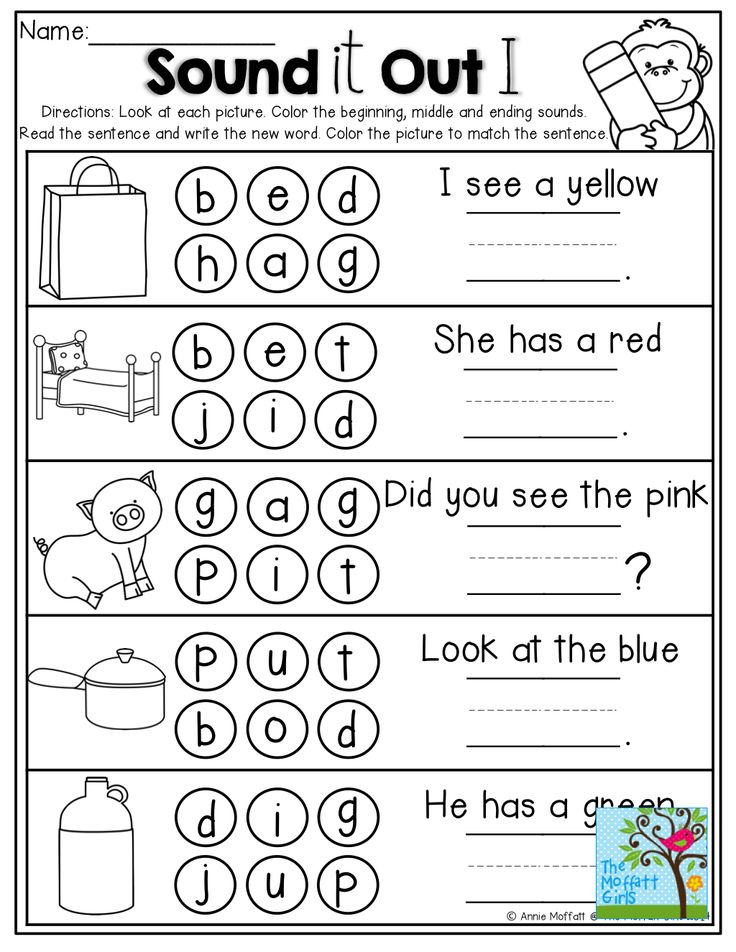 Instead of " in " he writes " d ", instead of " a " - " about ", instead of " sh " - " and ", instead of " u " - " ", that is, it confuses similar letters. All letters in the Russian alphabet consist of a small set of the same elements: sticks, ovals, hooks, squiggles, semicircles. Combining differently in quantity and spatial arrangement, these elements form alphabetic symbols. The omission of elements of letters indicates an underestimation of their number. The mirror image of the letters indicates an incorrect orientation in space.
Instead of " in " he writes " d ", instead of " a " - " about ", instead of " sh " - " and ", instead of " u " - " ", that is, it confuses similar letters. All letters in the Russian alphabet consist of a small set of the same elements: sticks, ovals, hooks, squiggles, semicircles. Combining differently in quantity and spatial arrangement, these elements form alphabetic symbols. The omission of elements of letters indicates an underestimation of their number. The mirror image of the letters indicates an incorrect orientation in space.
Work on the elimination of optical dysgraphia begins with clarifying the orientation in space and on the plane, whether the child is correctly oriented in his own body: right-left hand, top-bottom, front-back. The child is asked to put a dot in the upper right corner of the paper, draw a line down to the lower right corner, then to the upper left, and so on. It is also necessary to sculpt letters from plasticine, lay them out of string in order to understand what elements they differ in. Then the skills of writing letters are fixed in the notebook, first in isolation, then as part of syllables, words, sentences, and finally in the text.
Then the skills of writing letters are fixed in the notebook, first in isolation, then as part of syllables, words, sentences, and finally in the text.
Agrammatical dysgraphia.
This type of dysgraphia stands apart, since it appears only when studying grammar rules, from about the 3rd grade. For example, a student writes " many finger " instead of fingers, "grey cat" , etc. This is due to the underdevelopment of the lexical and grammatical structure of oral speech . Written speech requires an analysis of the structure of words and their syntactic relationships: changes in words by gender, number and case, the skill of word formation using prefixes and suffixes, the ability to agree on nouns, adjectives and numerals in gender, number and case, etc. In writing, agrammatic dysgraphia is manifested by a distortion of the structure of words, the replacement of a suffix with case endings, a violation of prepositional constructions, agreements, and an inability to construct sentences.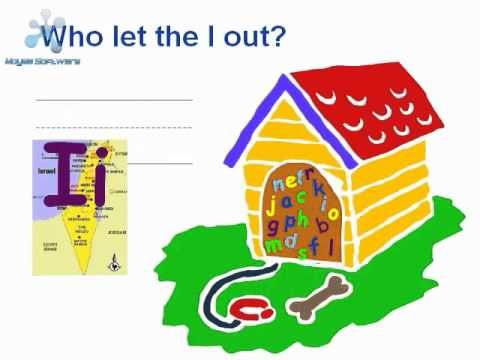
To eliminate agrammatic dysgraphia, it is very important to prevent this disorder. Parents should teach their children how to properly shape their speech even at preschool age. If the child incorrectly uses the grammatical form of any words, for example, says “ mom comes from house ”, you need to explain to him the semantic meaning of this construction. Next, you need to teach the child to independently form grammatical forms by analogy, for example, sugar - sugar bowl, pepper-pepper , soup-tureen, bread-bread box, sweets - candy box , etc. If a child has persistent grammatical disorders at school age, it is worth conducting corrective work on the formation of competent oral speech and studying the rules of the Russian language. When in doubt, diagrams are used.
The scarcity of vocabulary, the inability to competently express one's thoughts and write them down correctly in the form of a common sentence, the underdevelopment of causal relationships lead to the fact that high school students do not know how to correctly write essays and presentations.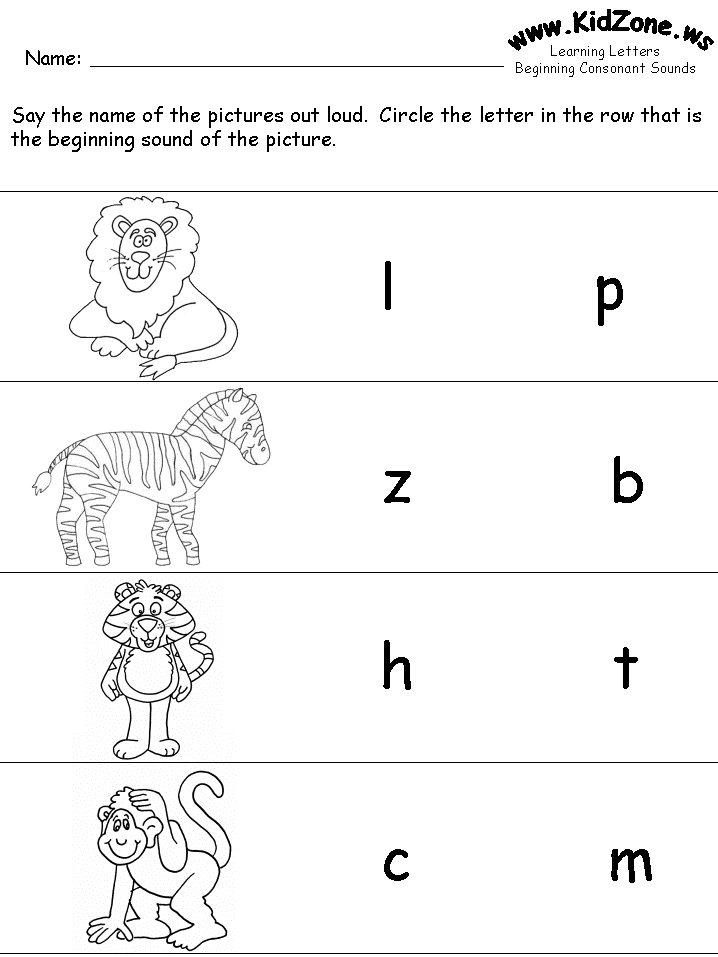 If such errors are found in a child, one should seek the help of a speech therapist to identify the prerequisites for the occurrence of one or another type of dysgraphia and determine the direction of corrective work
If such errors are found in a child, one should seek the help of a speech therapist to identify the prerequisites for the occurrence of one or another type of dysgraphia and determine the direction of corrective work
"Differentiation of letters U-U" in grade 1
Purpose: to consolidate children's knowledge about the letters U-U, about their use in syllables and words.
Tasks:
– to teach children to differentiate between hard and soft consonants before the vowel letters U-Yu in syllables and words;
- develop phonemic perception, language analysis and synthesis skills;
- to teach the correlation of sounds with symbols and letters.
Equipment: pencils, pens, notebooks, subject pictures, cards with letters.
Course of the lesson
1. Organizational moment
Speech therapist: All the guys stood up straight,
They raised their eyes at me,
Sit together, do not yawn!
Answer during the lesson!
2.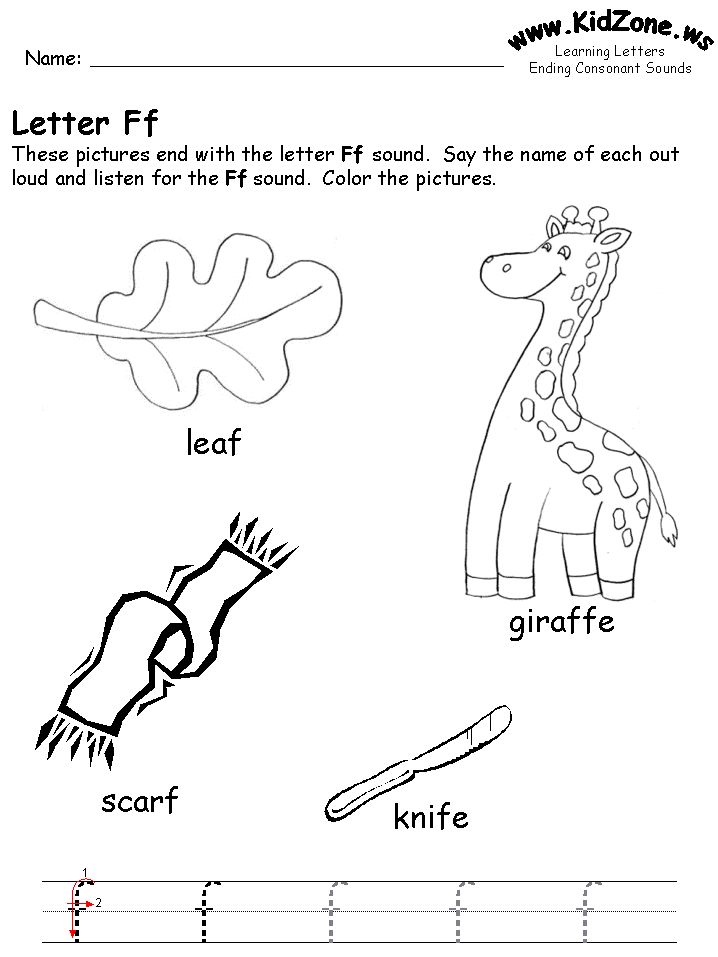 Repetition of the material covered on the topic "Vowels"
Repetition of the material covered on the topic "Vowels"
Speech therapist: What letters of vowels did we repeat in the last lesson?
Speech therapist: What letters of vowels form pairs? Why?
JOB 1
Speech therapist: Guys, look at the blackboard. What do you see? (children answer). You need to compose and write down words with letters A / Z
| A M L I | A V L I | A R D I | A GR I | A V LI I |
TASK 2
Speech therapist: On your desks there are sheets with task No. 2. Insert the missing letters A / Z and write in the sentences words that are appropriate in meaning. Choose a title for this story.
________________________________
Paul.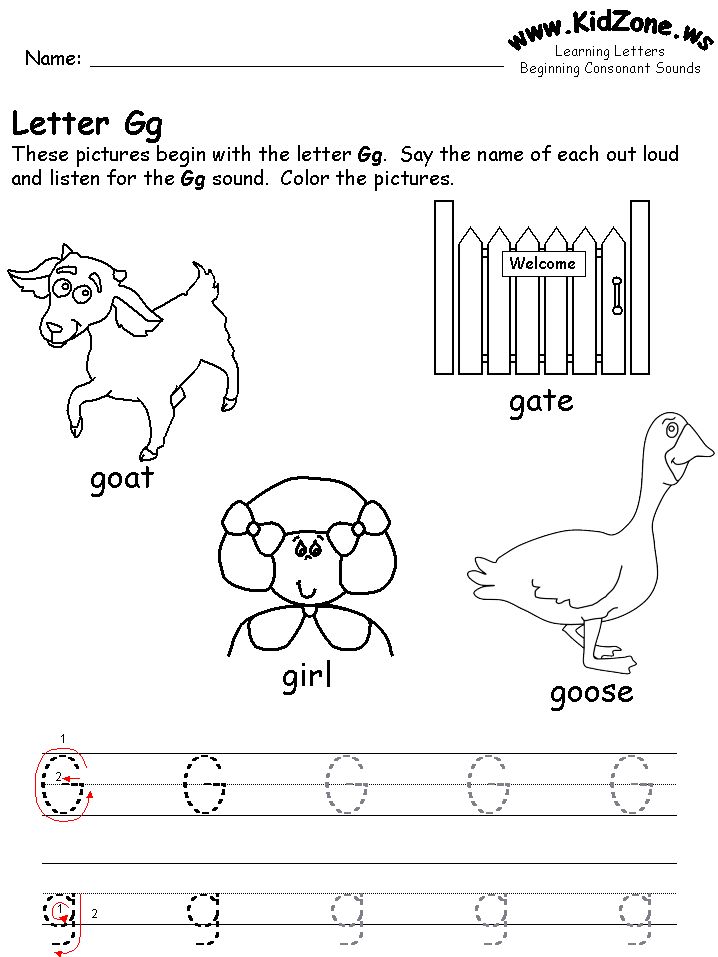 .. n... share your dresses. On the first one, some booths blossomed. On the second floor ... nke blossomed ... a carnation .... On the third half ... nke bloomed rum ... shki. Quarter ... I was half ... nka ... sleepy ... on bells.
.. n... share your dresses. On the first one, some booths blossomed. On the second floor ... nke blossomed ... a carnation .... On the third half ... nke bloomed rum ... shki. Quarter ... I was half ... nka ... sleepy ... on bells.
ASSIGNMENT 3
Speech therapist: Circle the letters of the 2nd row vowels in red (children go to the blackboard one by one).
MOLE, BUSH, HATCH, TABLE, POPPY, BEAK, TURNIP, STRAP.
3. Differentiation of the letters U-Yu in syllables and words
Speech therapist: Now I will read you the poem "At the lesson"
Listen carefully!
At the lesson
At the lesson I count
I draw and read
I quietly raise my hand,
If they ask, I answer.
Speech therapist: Now answer with words from the poem. What am I doing in class? (Children raise their hands and say the words).
Answers: (read, draw, count, answer, raise).
Speech therapist: What letter is written at the end of each word? (Yu)
Speech therapist: Today the topic of our lesson is “Letters U-Yu”
Speech therapist: Remember the poem about the letter U:
“The letter U is two long ears”
Speech therapist: Do you know the poem about the letter Yu? Listen.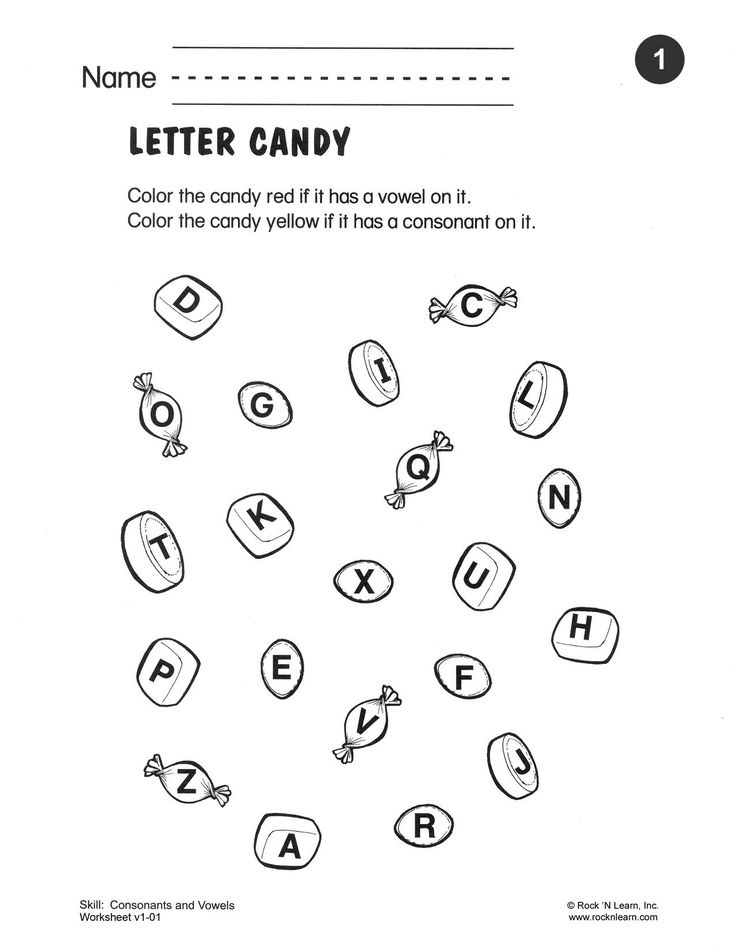
So that "O" does not roll away -
I will nail it firmly to the post.
Oh, look what happened:
It turned out ... the letter "U"
Speech therapist: Read the words. Compare them in meaning and spelling.
LUK-LUK (Children answer)
Speech therapist: Read and then write down these sentences, inserting the word LUK or LUK instead of dots.
Dad ate (...). The balls fell into (...).
Speech therapist: Remember when the letter Yu stands for one sound, and when - two?
(If the letter Yu is at the beginning of a word, it means two sounds; if after a consonant letter, it means the sound [y]).
Speech therapist: How to pronounce the [y] sound? (The lips are rounded and extended into a tube, the exhaled air does not meet obstacles, the sound is sung, stretched).
Speech therapist: What does the letter U indicate when it comes after a consonant letter? (What a solid consonant). Children give examples.
Speech therapist: What does the letter Yu indicate when it comes after a consonant letter? (That the consonant is soft).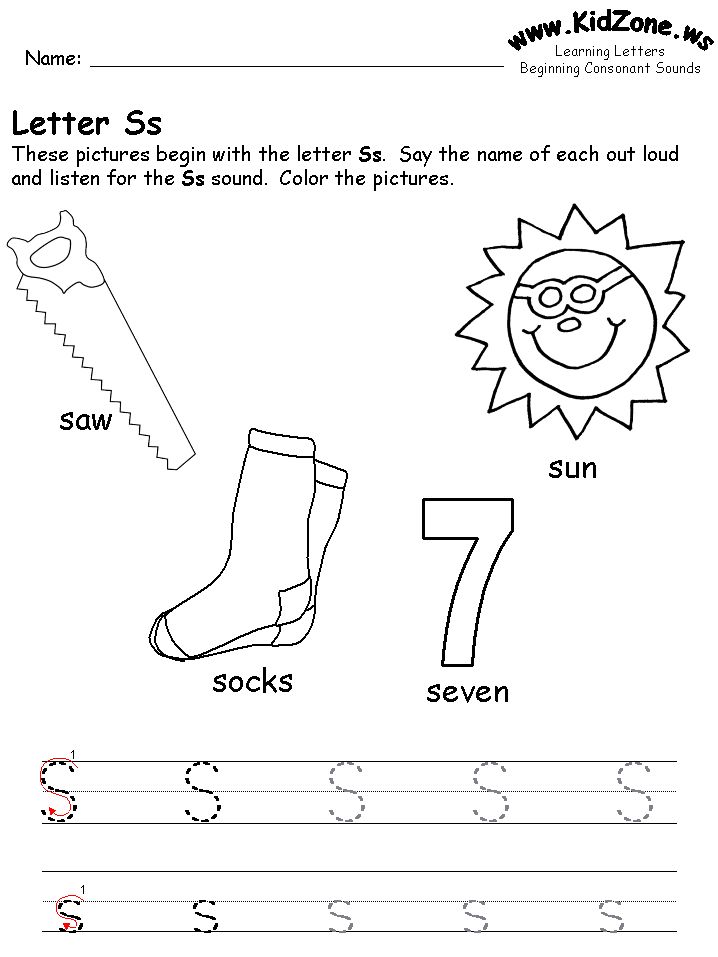 Children give examples.
Children give examples.
TASK 1
Speech therapist: Listen to the syllables and raise the corresponding letter of the vowel.
MJ, LU, MU, DU, KU, GYU, LU, DYu.
TASK 2
Game exercise "On the contrary"
Speech therapist: Let's play! If I name a syllable with a hard consonant sound, then you are with a soft consonant similar to it.
MU-…(MU), LU-…, KU-…, DU-…, VU-…, GU-…, NU-…
Speech therapist: What did you do to make the consonant sound soft? (Replaced the letter Y with the letter Yu) - the children answer.
4. Physical education
The deer has a big house,
(hands at the top of the head, showing horns)
He looks out of his window.
(showing the window with hands)
Bunny running across the field,
(jumping in place)
There is a knock on his door!
knock-knock open the door,
(imitation of a knock on the door)
there is an evil hunter in the forest,
bunny-bunny run in my paw.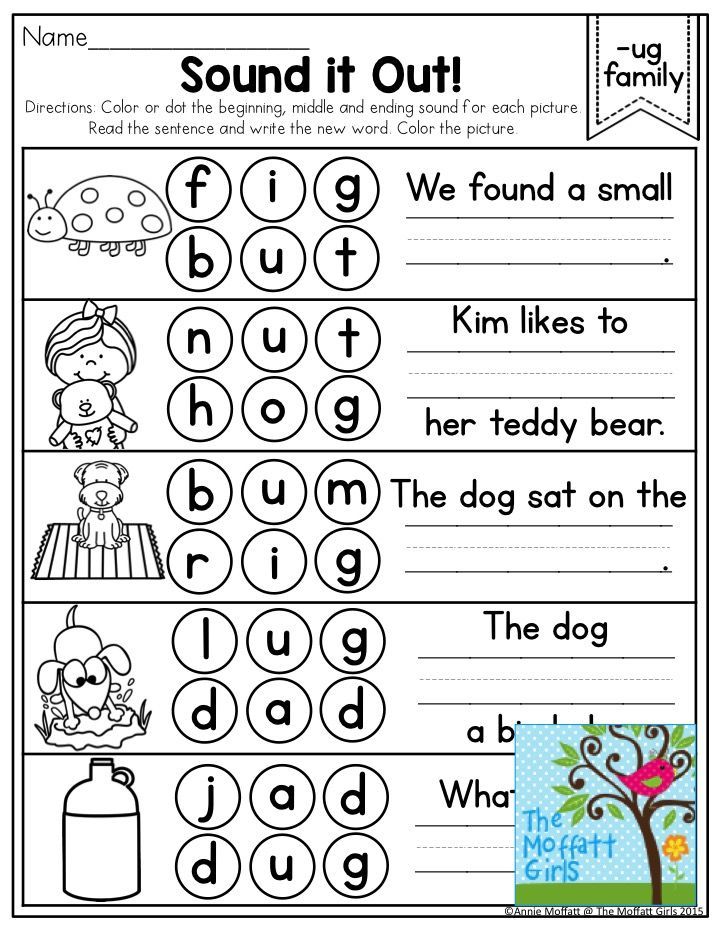
(we stretch out our hands with an open palm)
Speech therapist: Guys, guess the riddle, who is it about?
Get it! I'll swallow it!
Clicking his teeth... (pike)
Speech therapist: What is the rule in this word?
(We write Chu-schu with the letter y).
ASSIGNMENT 3
Speech therapist: Children, look at the blackboard! Here are words that do not have one letter each. Read it, write it down in a notebook and insert the letter U or Y instead of dots. .
Speech therapist: Guys, you have a crossword puzzle in front of you. You need to guess it. The correct answers are entered in the cells.
Wears his house.
Poultry.
Boy's name.
Swivel baby toy.
Green vegetable growing in the garden.
Prickly houseplant.
This is worn by girls.
Answers: duck, snail, Jura, spinning top, cucumber, cactus, skirt.
6. Summing up session
Speech therapist: Guys, remember what letters we learned to distinguish today?
Children answer: (Letters "u" and "u").


